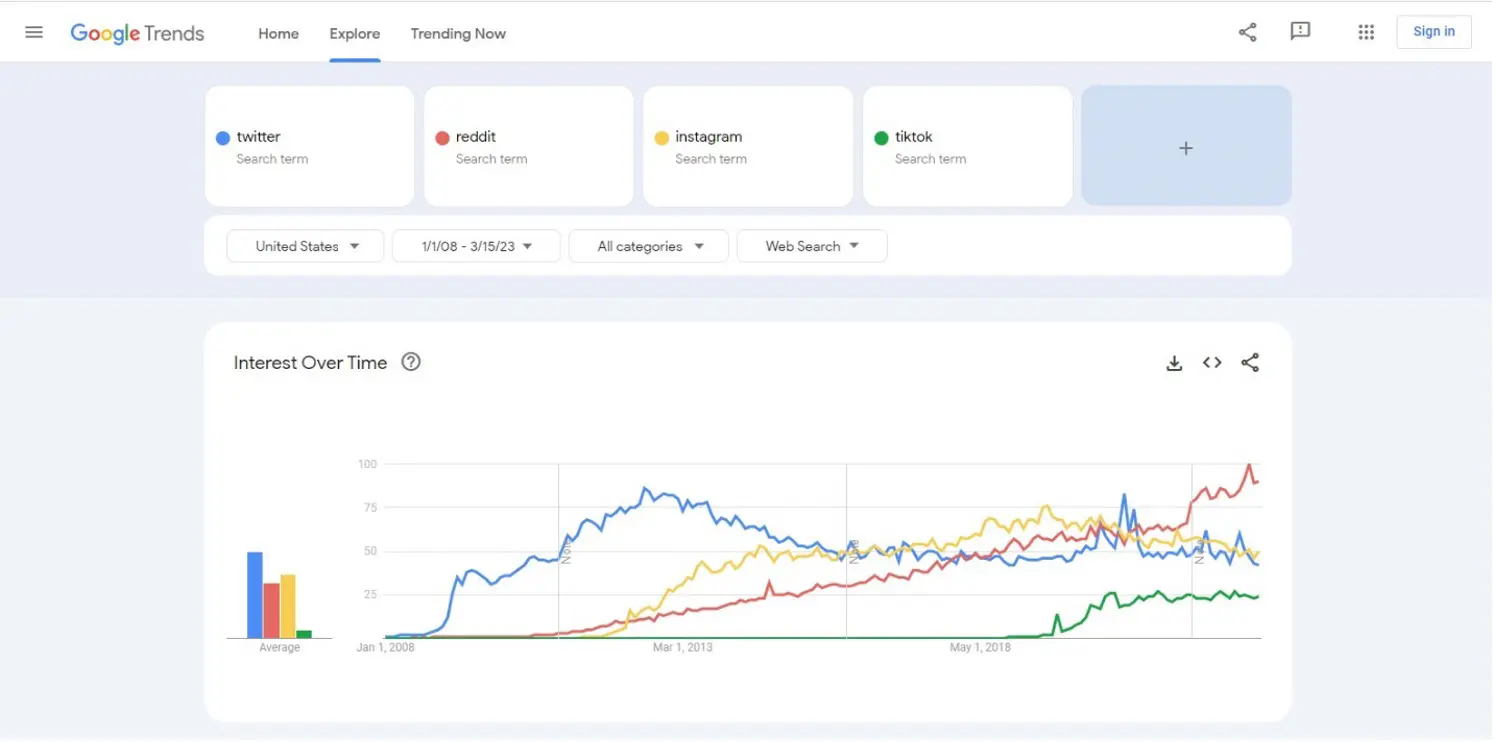Welcome to the exciting world of Google Analytics 4 (GA4), where data-driven insights are the key to unlocking the full potential of your website. In this blog post, we’ll guide you through the essential do’s and don’ts of GA4 so you’ll be well-equipped to make the most of GA4 and drive your business to new heights. Let’s jump right in!
Do’s
1. Embrace Event-Based Tracking:
GA4 introduces an event-based reporting model, which means every user interaction on your website is treated as an event. This holistic approach provides a comprehensive view of the user journey, including page loads, scroll depth, video views, and link clicks. Embrace this new model and use it to track user engagement within your website or app from start to finish, accurately.
2. Clearly Define Conversion Events:
To effectively track your top goals, such as partner referrals or newsletter signups, you’ll need to define which events are conversion events. These events are not enabled out of the box, so take the extra step of configuring them in Google Tag Manager and flagging them as conversion events in GA4’s admin settings. This ensures accurate goal reporting and helps you measure the success of your marketing efforts.
3. Measure Engaged Sessions and Engagement Rate:
GA4 introduces new primary metrics called Engaged Sessions and Engagement Rate, which highlight user interaction and the journey of modern web users. Engaged Sessions are sessions that last 10 seconds or longer, have conversion events, or include multiple page or screen views. By focusing on creating engaged sessions, you’ll contribute to a higher engagement rate, which is particularly important for destination marketers. Aim for an engagement rate of 45-50% to gauge user satisfaction and content effectiveness.
4. Customize Your Tracking for Relevant Metrics:
While GA4 provides default reports on various dimensions and metrics, avoid tracking relevant information. Customize your tracking to focus on the metrics that align with your business goals. Instead of getting lost in a sea of data, prioritize the key performance indicators (KPIs) that directly contribute to your business growth, such as revenue, transactions, leads, and sign-ups. By honing in on these essential metrics, you’ll gain actionable insights to drive your business forward.
5. Enable Google Signals for Enhanced Demographic Reporting:
To overcome the limitations posed by privacy updates, activate Google Signals in your GA4 admin account. This feature provides more insightful audience details from users who are logged into Google Chrome and have enabled Ads Personalization. While it may not cover all users across all browsers, Google Chrome’s global market share of over 65% makes it a valuable source of audience data. Utilize this feature to gain a clearer understanding of your audience and enhance your campaign decisions.
Don’ts
1. Don’t Track Personally Identifiable Information (PII):
Respecting user privacy is essential. Google policies strictly prohibit passing personally identifiable information, such as mobile numbers, email addresses, and social security numbers, to Google Analytics. Ensure you protect your visitor’s privacy by excluding any PII from your tracking. This not only fosters trust but also keeps you in compliance with privacy regulations.
2. Avoid Over-tracking Irrelevant Data:
While GA4 provides a wealth of out-of-the-box reports, it’s important to focus on tracking the data that truly matters. Resist the temptation to track every minor detail, such as device type, browser, or page URL, unless it directly aligns with your visitor traffic goals. Focus on metrics that drive your website’s success, avoiding distractions from extraneous information.
3. Don’t Underestimate the Power of GA4’s Metrics:
GA4 introduces subtle changes to metrics compared to Universal Analytics (UA). Take the time to understand these differences and how they impact your data. For example, GA4’s Bounce Rate tracks the percentage of sessions that did not register as an engaged session, serving as the inverse of the Engagement Rate. By familiarizing yourself with these metrics, you’ll gain a deeper understanding of your website’s performance and optimize your strategies accordingly.
Congratulations! You now have a comprehensive understanding of the do’s and don’ts of Google Analytics 4 (GA4). By embracing event-based tracking, clearly defining conversion events, and measuring engaged sessions and engagement rate, you’ll gain valuable insights into user behavior and optimize your website’s performance. Remember to focus on relevant metrics, enable Google Signals for enhanced demographic reporting, and respect user privacy by avoiding the tracking of personally identifiable information. With GA4 as your trusted companion, empower yourself to make data-driven decisions, drive business growth, and excel in today’s digital landscape. Happy tracking!

